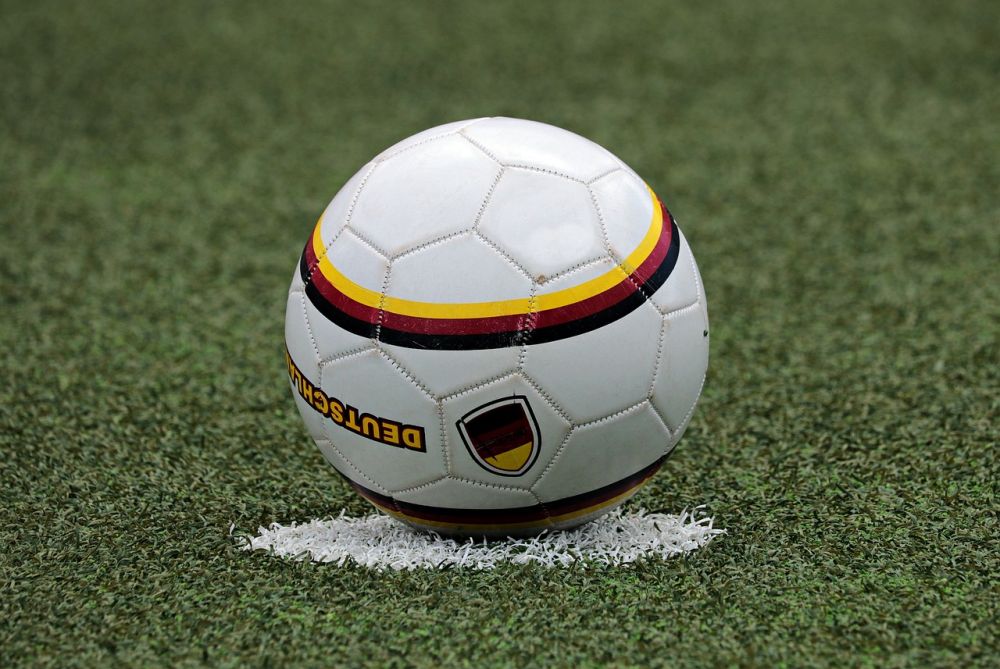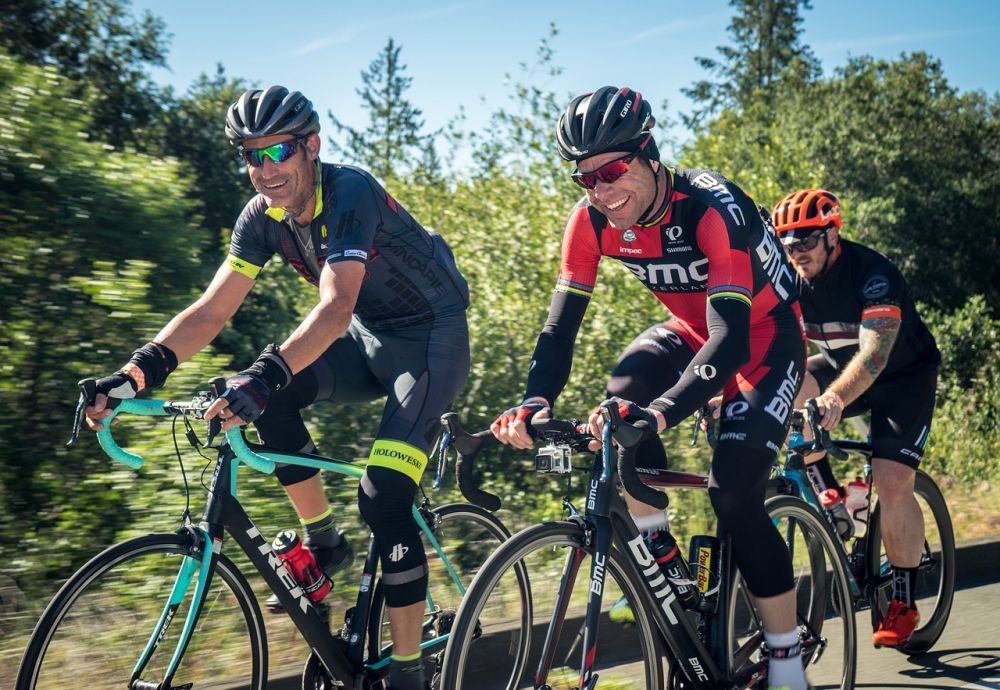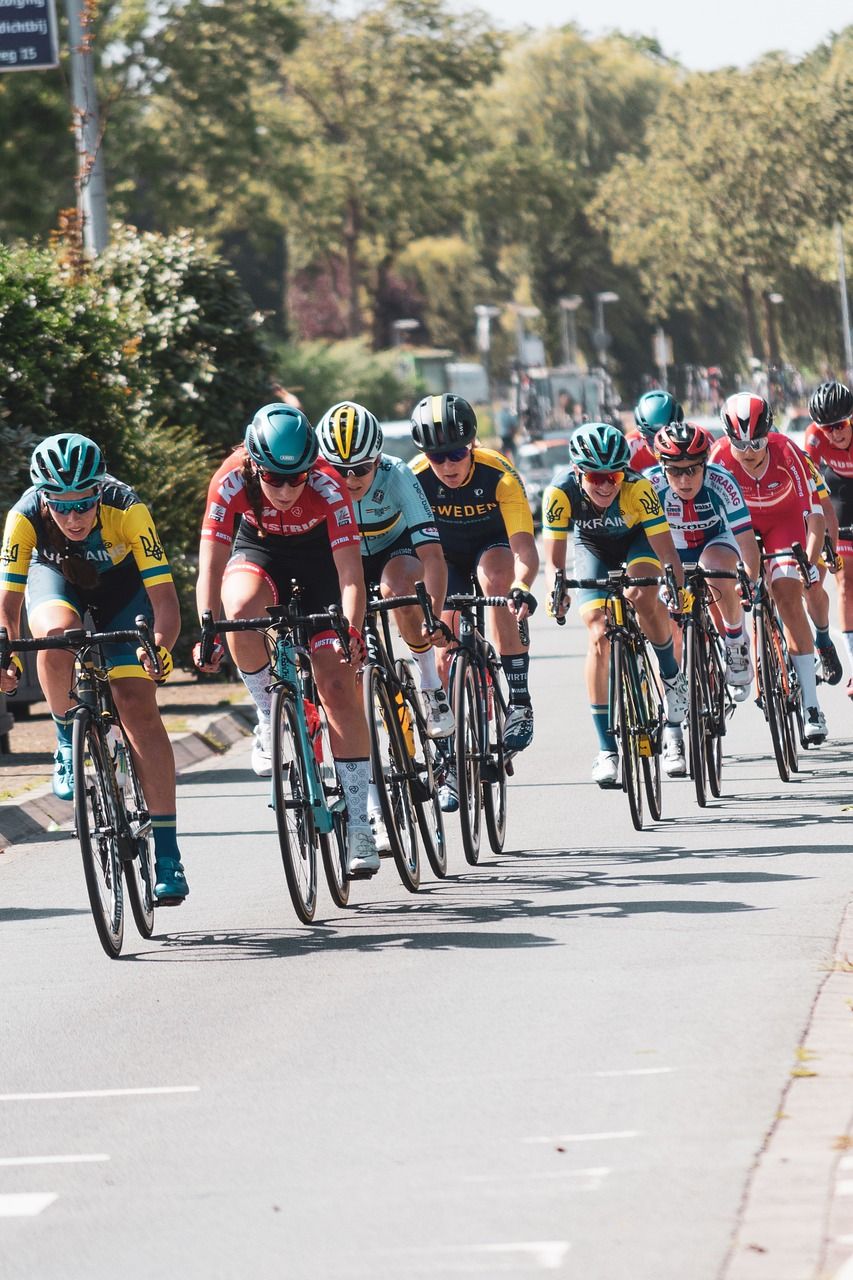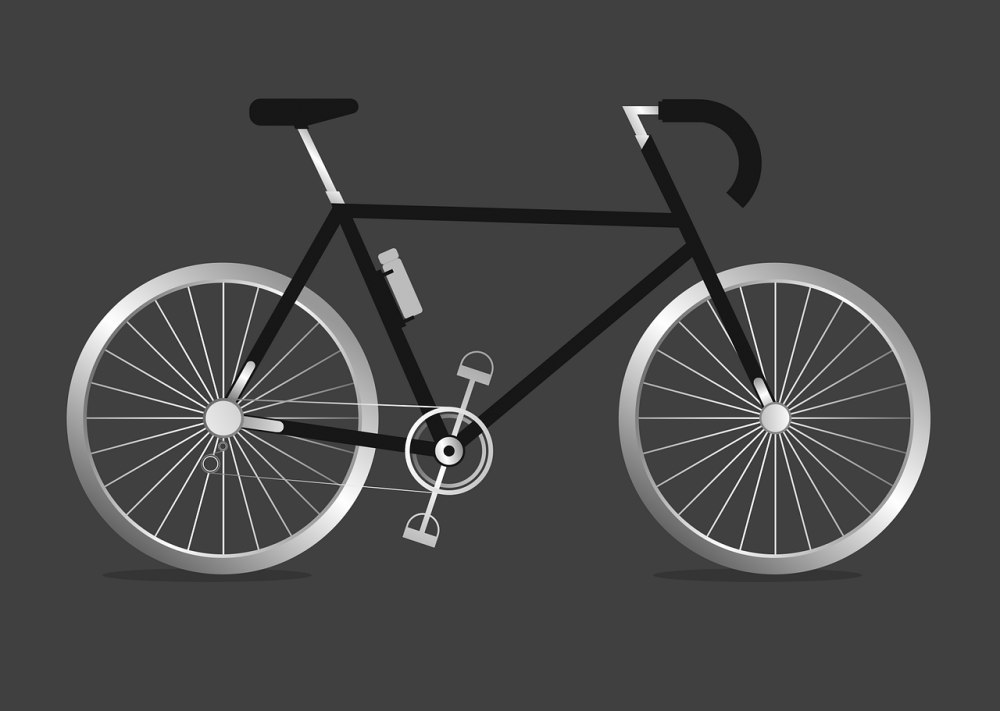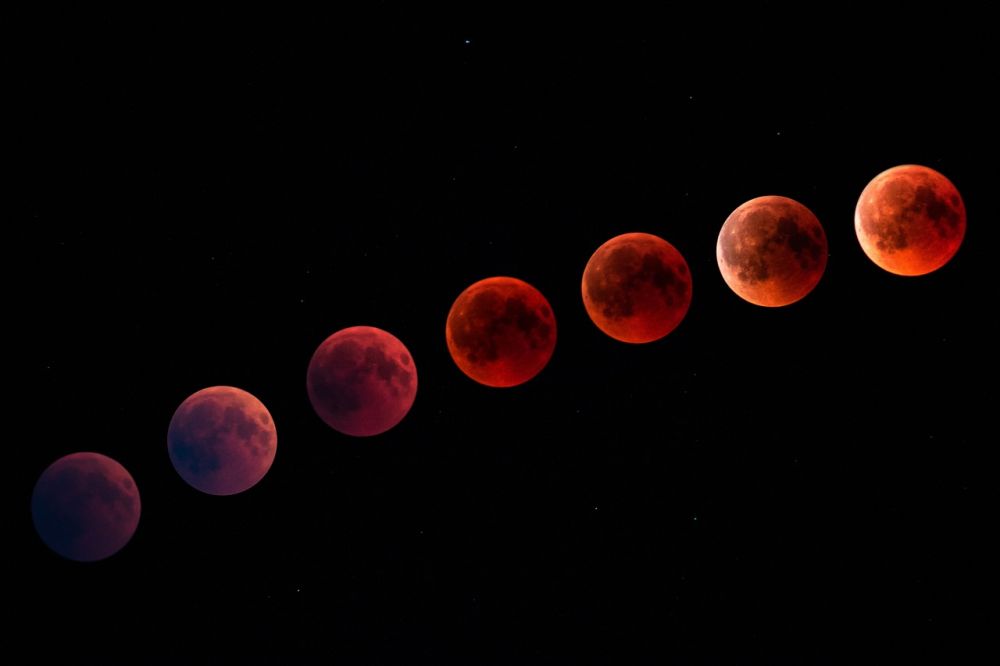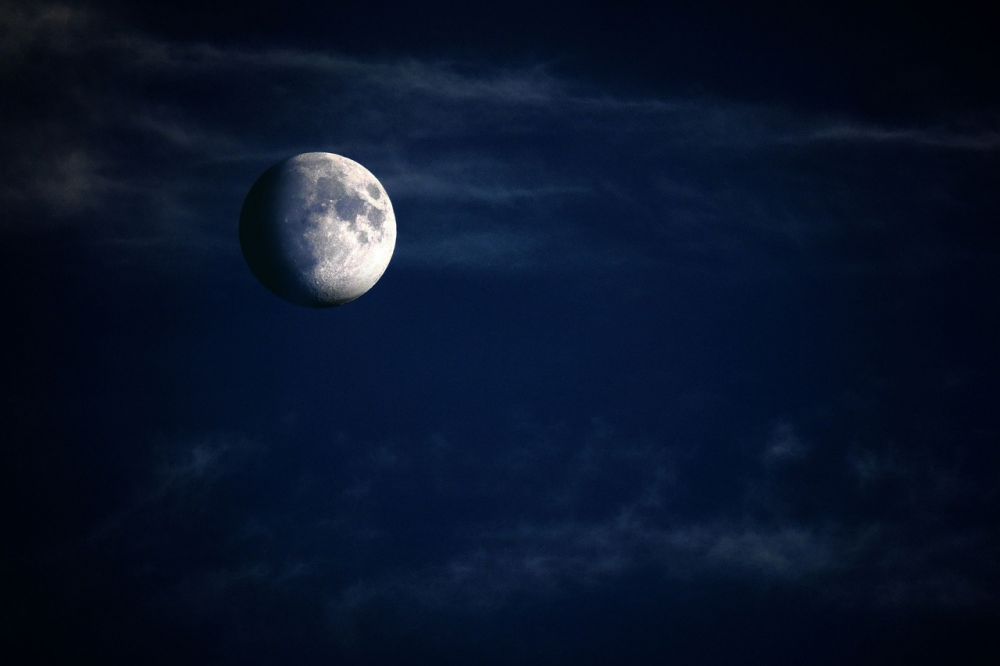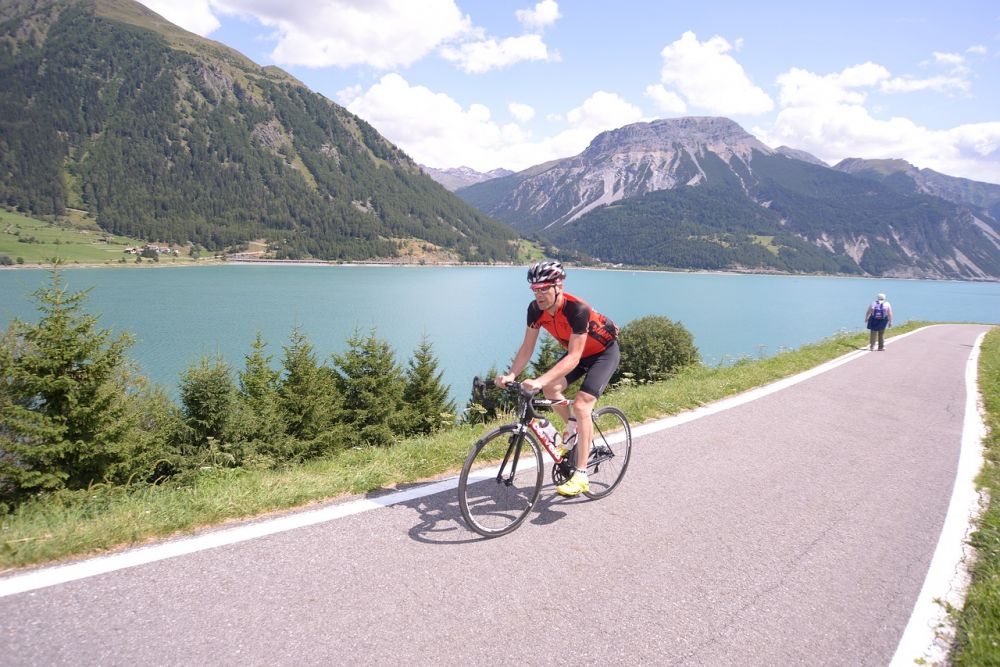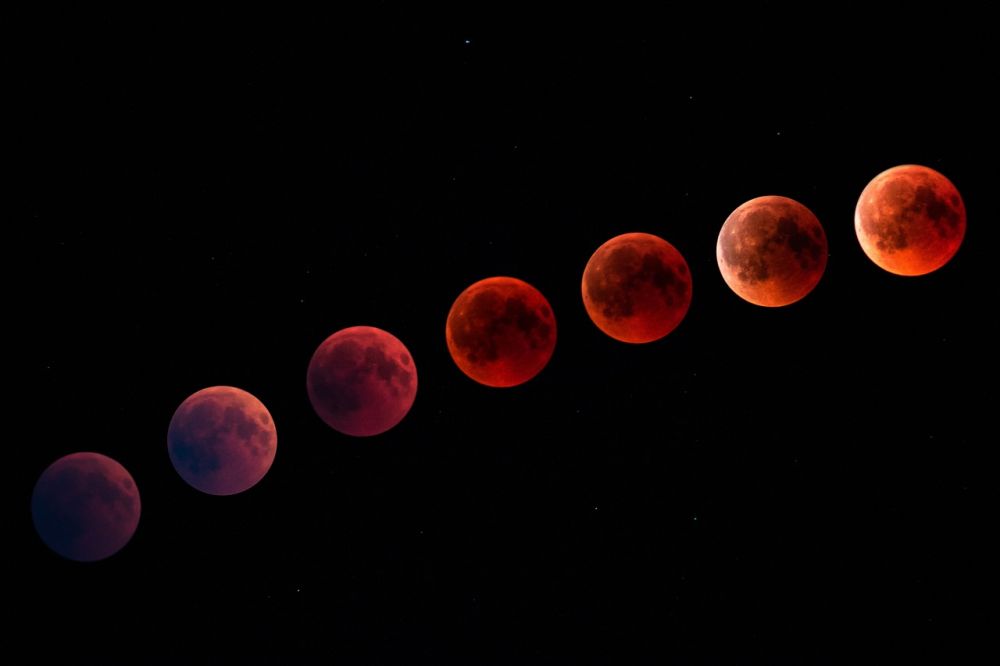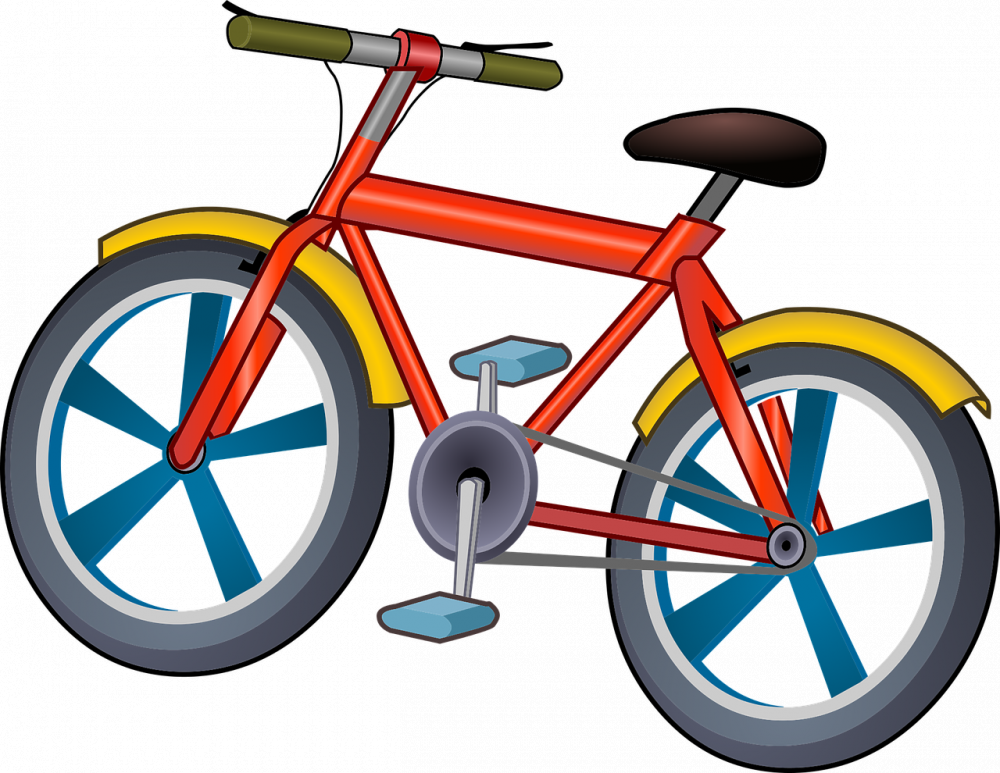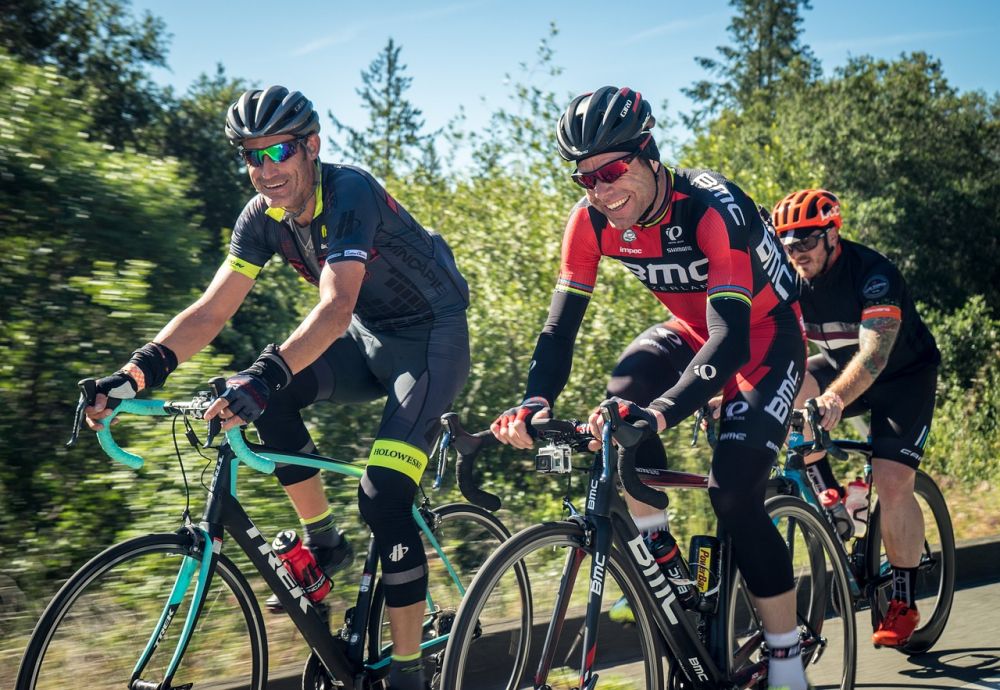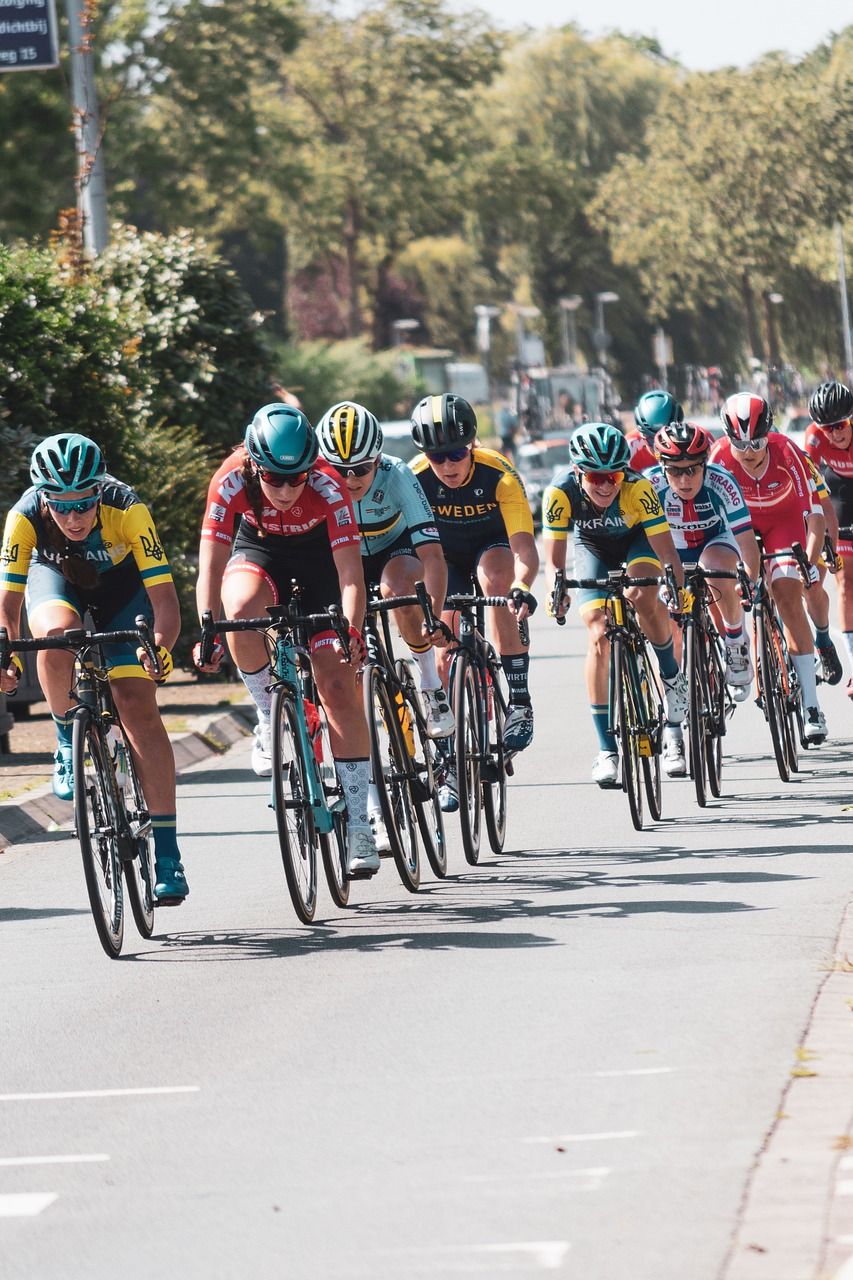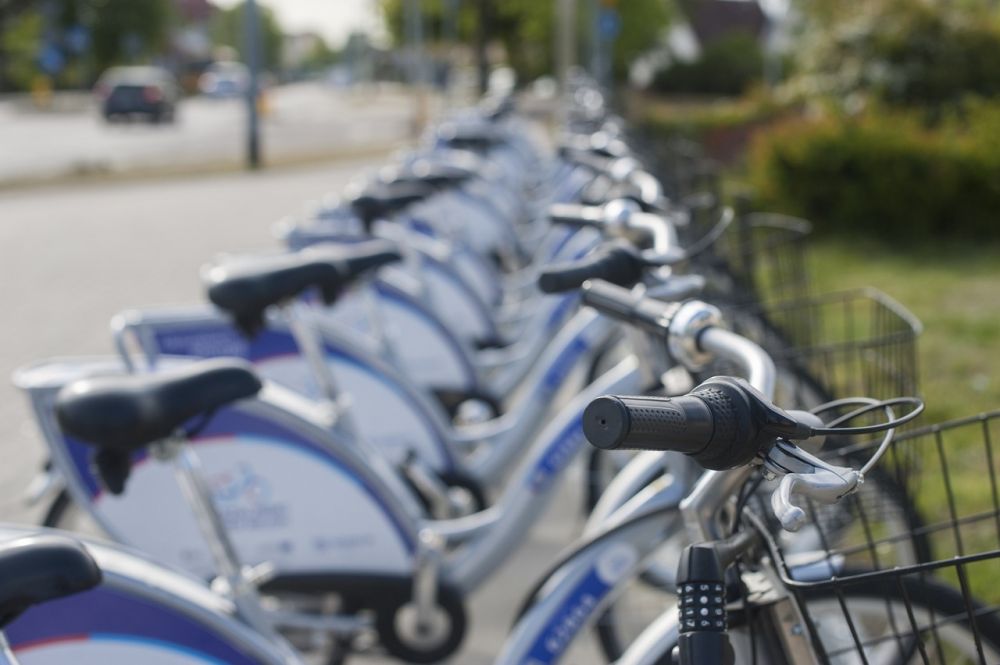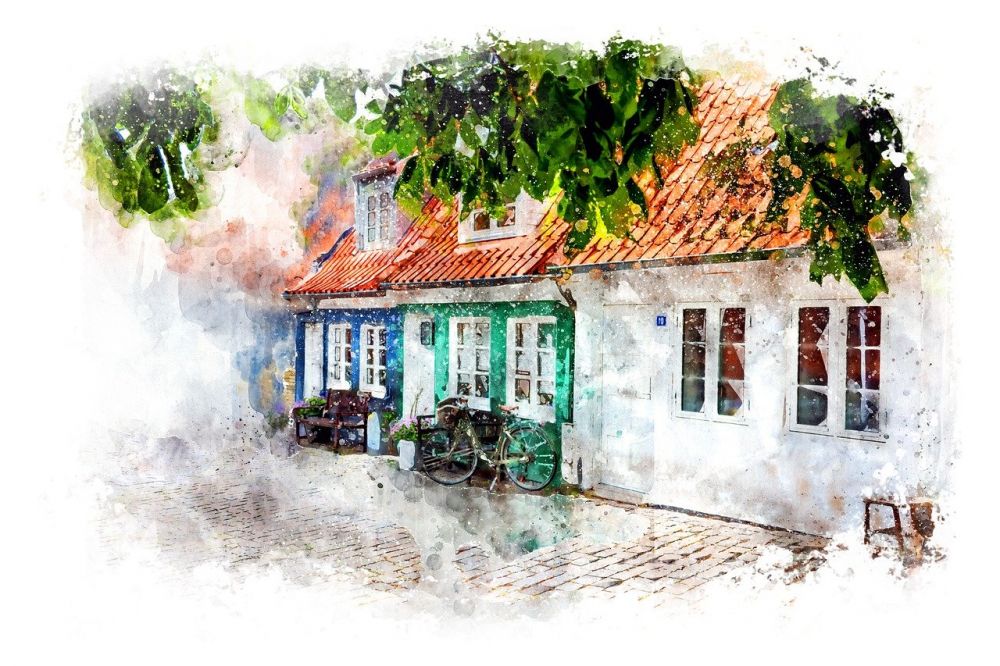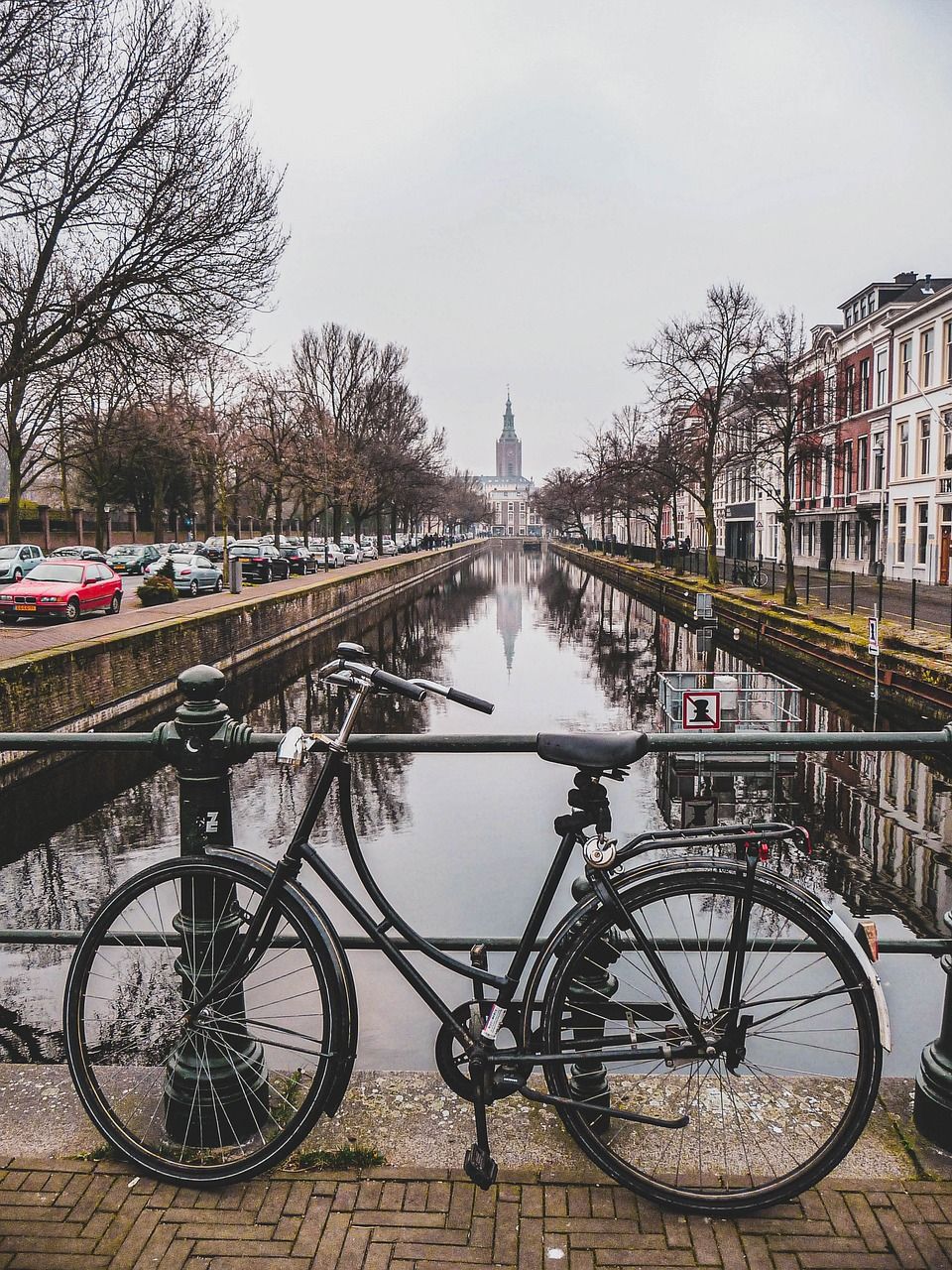Tour de France Start: A Grand Beginning to the Worlds Greatest Cycling Event

Introduction:
The Tour de France is one of the most prestigious and challenging cycling races in the world. Spanning over three weeks and covering approximately 3,500 kilometers, it attracts millions of spectators and avid fans from around the globe. The grand start of this legendary race is a momentous occasion, filled with excitement, anticipation, and a showcase of top-notch cycling talent. In this article, we will delve into the significance of the Tour de France start, its historical evolution, and what makes it a must-watch event for sports and leisure enthusiasts alike.
Tour de France Start: An Overview:
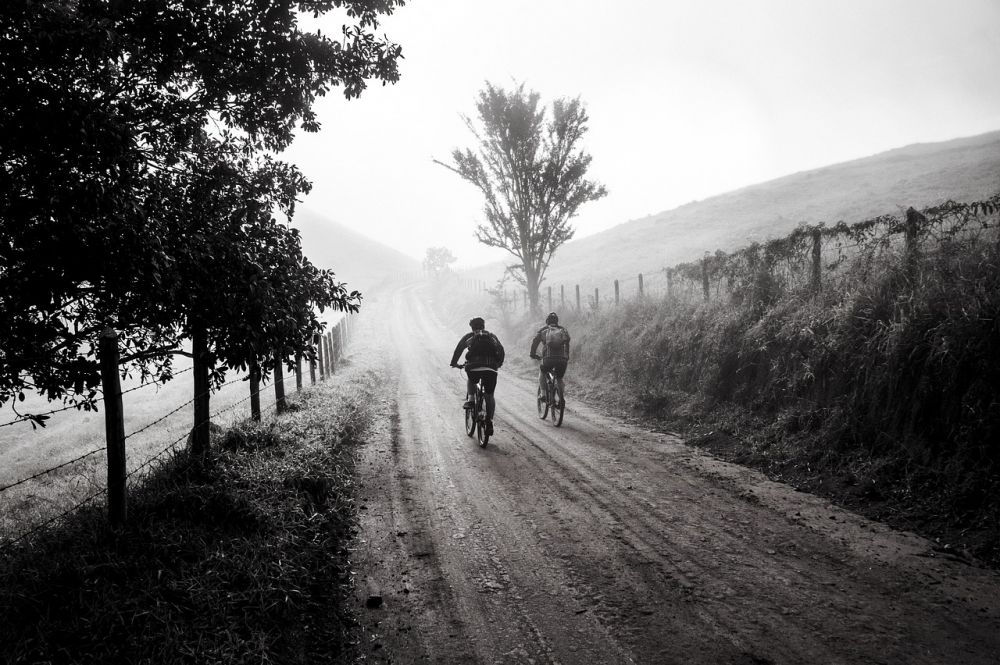
The Tour de France start marks the commencement of this iconic race, setting the stage for an exhilarating journey through the picturesque landscape of France. While the exact location of the start changes every year, it typically takes place in a major city or landmark, capturing the attention of both locals and tourists. The start is preceded by a grand ceremony, where participants are introduced to the public, and teams showcase their formidable jerseys and bikes.
Significance of the Tour de France Start:
The Tour de France start holds immense importance for several reasons. Firstly, it serves as a powerful symbol of unity, as cycling enthusiasts from diverse backgrounds and nationalities come together to celebrate their shared passion. Secondly, it generates a substantial economic impact for the host city, attracting thousands of visitors who contribute to local businesses, hotels, and restaurants. Additionally, the start offers an opportunity for the host city to showcase its cultural heritage, captivating the world’s attention and boosting its tourism industry.
Historical Evolution of the Tour de France Start:
The Tour de France start has come a long way since its humble beginnings in 1903. Originally, the race started and finished solely in Paris, with participants embarking on a grueling journey that encompassed mountainous terrains and long distances. However, as the event gained prominence over the years, organizers decided to introduce a more varied and dynamic start. This decision allowed different regions of France to benefit from hosting the prestigious race, while also adding diversity and excitement to the overall experience.
Today, the Tour de France start involves a three-day spectacle called the Grand Départ. These three days are filled with prologue races, promotional events, and a carnival-like atmosphere, where fans can truly immerse themselves in the spirit of the race. The Grand Départ has become a massive affair, with millions of spectators lining the streets, cheering on their favorite riders and creating an electrifying ambiance.
Notable Tour de France Start Locations:
Over the years, the Tour de France start has taken place in various locations across France. Some of the notable starting points include:
– Mont-Saint-Michel:
– Nice:
– Corsica:
– Brussels:
– London:
These cities and regions have left an indelible mark on the history and legacy of the Tour de France start, providing unforgettable backdrops and challenging routes that have tested the endurance of cyclists.
In Conclusion:
The Tour de France start is an awe-inspiring event that marks the beginning of an arduous yet thrilling journey for cyclists and fans alike. Over the years, it has evolved from a straightforward race in Paris to a grand spectacle celebrated throughout France and beyond. The historical significance and economic impact of the Tour de France start make it a highly anticipated event for both participants and spectators. So, whether you are a dedicated cycling enthusiast or simply intrigued by the spirit of competition, the Tour de France start is an experience that should not be missed. Prepare to witness courage, perseverance, and the sheer joy of cycling as the world’s greatest race takes off once again.


